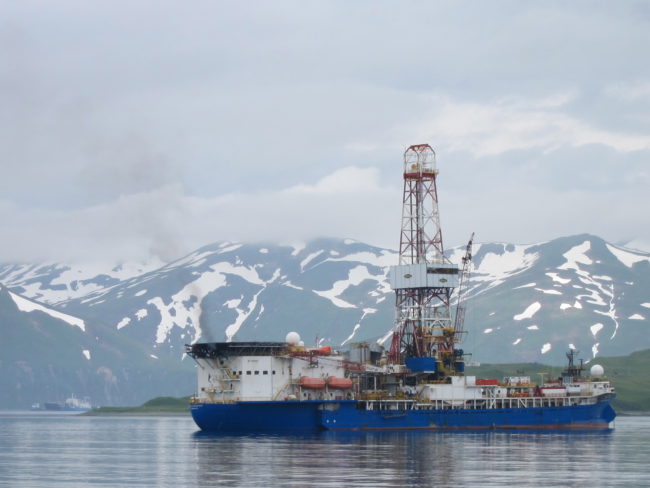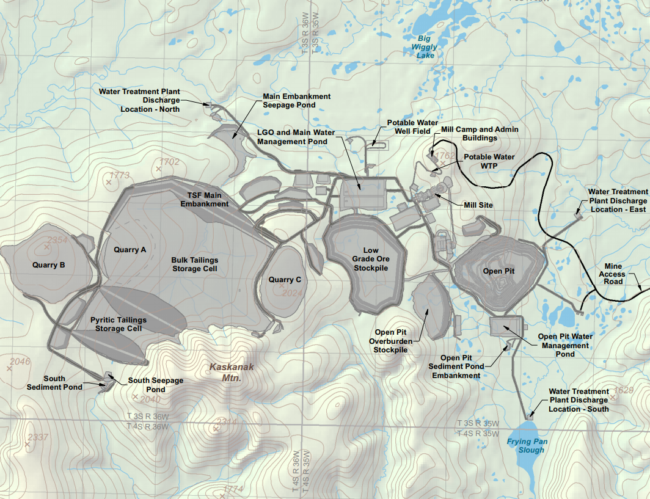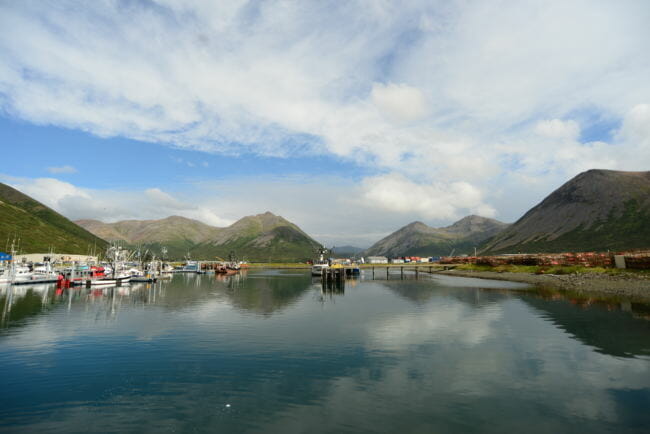
Blink and you might have missed it: in just three weeks, there was a profound shift in the landscape for energy and environmental issues in Alaska.
While many Alaskans might have been busy with Christmas plans or ringing in the New Year, some of the state’s biggest resource battles reached turning points.
In total, there were four big developments since mid-December, largely thanks to the Trump administration.
If you didn’t catch them all, here’s a quick review:
No. 1 — Congress approves drilling in the Arctic National Wildlife Refuge

Most Alaskans probably caught the biggest news story on the list, because it’s a doozy: on Dec. 20, President Donald Trump signed a tax bill into law that opened part of the Arctic National Wildlife Refuge to oil development.
This was a huge win for Alaska’s political leaders and a huge loss for environmental groups, who fought oil drilling in the Refuge for nearly four decades.
Then, in early January, the Trump administration made another big announcement related to oil and the Arctic.
No. 2 — Trump administration proposes re-opening Arctic offshore to oil development

Interior Secretary Ryan Zinke announced he is putting Arctic waters back on the table as part of a new, 5-year draft plan for offshore drilling leases. Zinke called it part of “a new path for energy dominance in America.”
The plan includes the Beaufort and Chukchi seas, which the Obama administration controversially removed from its offshore drilling plan back in 2016. But it also opens the door for oil development off nearly all of Alaska’s other coasts — except for the North Aleutian Basin, near Bristol Bay.
Speaking of Bristol Bay…
No. 3 – Pebble mine permit submitted

In late December, the Pebble Limited Partnership finally submitted a permit application to build a gold and copper mine in Southwest Alaska, a controversial proposal because of its proximity to the Bristol Bay salmon fishery. The Obama administration pretty much stalled Pebble when the U.S. Environmental Protection Agency proposed restrictions on the mine. But under the Trump administration, a settlement was reached, and now Pebble is moving forward again.
How much have things changed now that Donald Trump is in the White House?
“I think it’s dramatic,” Pebble CEO Tom Collier said in October.
No. 4 – Deal struck on King Cove road

Another part of Alaska feeling the dramatic shift in Washington, D.C. is King Cove. In the first week of January, the city of King Cove said it reached a deal with the Trump administration to build a road through the Izembek National Wildlife Refuge.
King Cove has long argued it needs a road to access the airport in Cold Bay for emergencies. But environmental groups believe a road will jeopardize sensitive habitat. The Obama administration took environmentalists’ side and rejected the road in 2013. But as with a lot of Obama-era policies, it appears the Trump administration is trying to turn it around.
Those were the four biggest developments, but there are a few other stories worth noting.
— Just before Christmas, the Trump administration announced it has dramatically increased its estimate for how much oil is in the National Petroleum Reserve-Alaska, or NPR-A. NPR-A usually plays second fiddle to the Arctic Refuge in the headlines. But there’s a fight brewing there, too — oil companies are increasingly interested in drilling there, but the Obama administration put about half of it off-limits. The Trump administration is thinking about changing that. If there’s more oil in NPR-A than previously thought, that’s likely to influence the decision.
— Finally, at the end of 2017, Congress allowed an excise tax collected on American oil to expire, which goes into a government trust used for oil spill cleanup and prevention. However, Congress could eventually renew the tax, and the current balance is approximately $5.7 billion, according to Public Employees for Environmental Responsibility.
All told, the Trump administration is ushering in a historic shift in how Alaska’s resources are managed, from the North Slope to Bristol Bay. However, it’s important to note that many of these decisions aren’t final yet. Environmental groups have vowed keep fighting these changes — including in court.